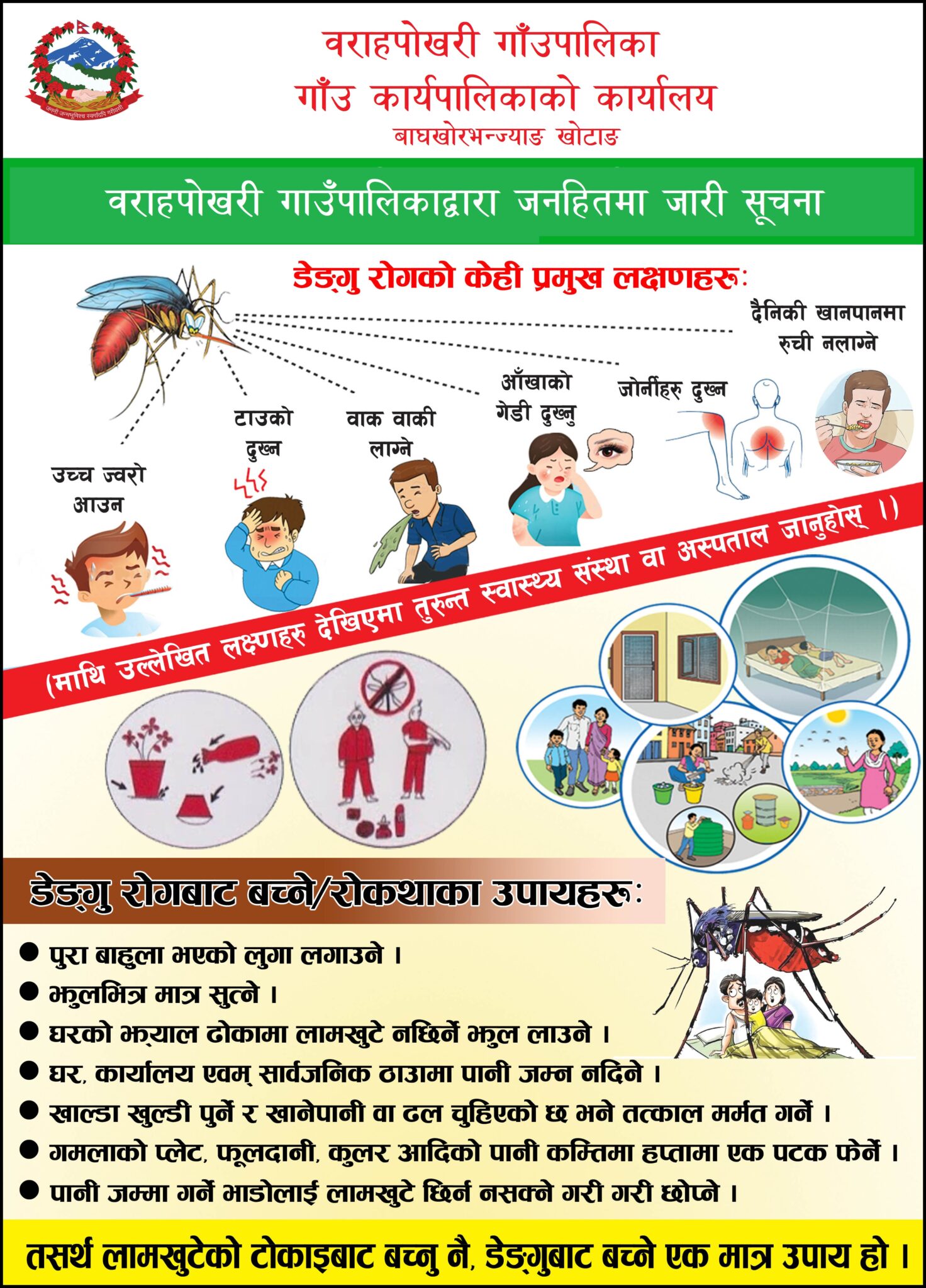The complex medical condition, spina bifida myelomeningocele, presents profound challenges. This congenital disorder, stemming from neural tube defects, affects the spinal cord and surrounding structures. Managing its symptoms requires a multifaceted approach, including pharmacological interventions. Exploring benuron and nembutal provides insight into potential therapeutic avenues. Such medications serve diverse roles, from pain management to end-of-life care in hospice medicine.
Pharmacological Mechanisms of Nembutal
Nembutal, a barbiturate, exerts sedative, hypnotic, and anticonvulsant effects. It enhances GABAergic transmission by increasing the duration of chloride channel opening. This action stabilizes neuronal membranes, reducing excitability. Its rapid onset and short duration make it suitable for acute interventions. Understanding these mechanisms informs its clinical applications and potential side effects.
Barbiturates like nembutal require careful dosing. Overdose risks demand precision. Respiratory depression and CNS effects highlight the need for close monitoring. Enhancing circulation boosts intimate health. Discover which medications can help and explore dietary tips for better performance. For more information, visit https://www.treasurevalleyhospice.com Learn about natural foods that support vitality and well-being. These pharmacokinetic properties influence therapeutic strategies and patient safety.
Clinical Uses in Hospice Medicine
In hospice medicine, comfort is paramount. Nembutal provides effective sedation, aiding in anxiety and pain relief. Its use in palliative care emphasizes quality of life. This application underscores its significance beyond acute interventions.
Administering nembutal involves ethical considerations. Balancing sedation and consciousness requires nuanced judgment. In hospice settings, the aim is symptom control without compromising dignity. It aligns with holistic care principles, ensuring compassionate end-of-life management.
Benuron: A Potential Adjunct
Benuron, an acetaminophen derivative, serves as an analgesic. It operates centrally, inhibiting cyclooxygenase pathways. This mechanism reduces fever and mild to moderate pain, offering a safer alternative to NSAIDs.
In spina bifida myelomeningocele, pain management is crucial. Benuron‘s safety profile makes it suitable for chronic use. Its minimal gastric irritation and low bleeding risk are advantageous. Incorporating benuron into treatment regimens enhances patient outcomes.
Application in Spina Bifida Myelomeningocele
Spina bifida myelomeningocele involves complex, multifaceted care. Managing neurological symptoms requires targeted interventions. Medications like nembutal and benuron offer therapeutic benefits.
Neuropathic pain in spina bifida myelomeningocele patients often requires multidisciplinary management. Benuron addresses pain while nembutal can manage severe cases. Food for ED, like leafy greens and berries, may enhance blood circulation, potentially mitigating symptoms. Including these in diets could improve vascular function. For further information on natural remedies, visit meadowbrookfamilydentists.com This combined approach enhances quality of life.
Ethical and Clinical Considerations
Prescribing nembutal and benuron involves ethical deliberation. Benefits must outweigh risks, especially in vulnerable populations. Dosing, interactions, and patient-specific factors guide decisions.
In hospice medicine and chronic conditions like spina bifida myelomeningocele, therapy aligns with patient-centered care. Respecting autonomy and promoting dignity remain central tenets. Clinical judgment and compassion intersect in these treatment pathways.
Data source:

